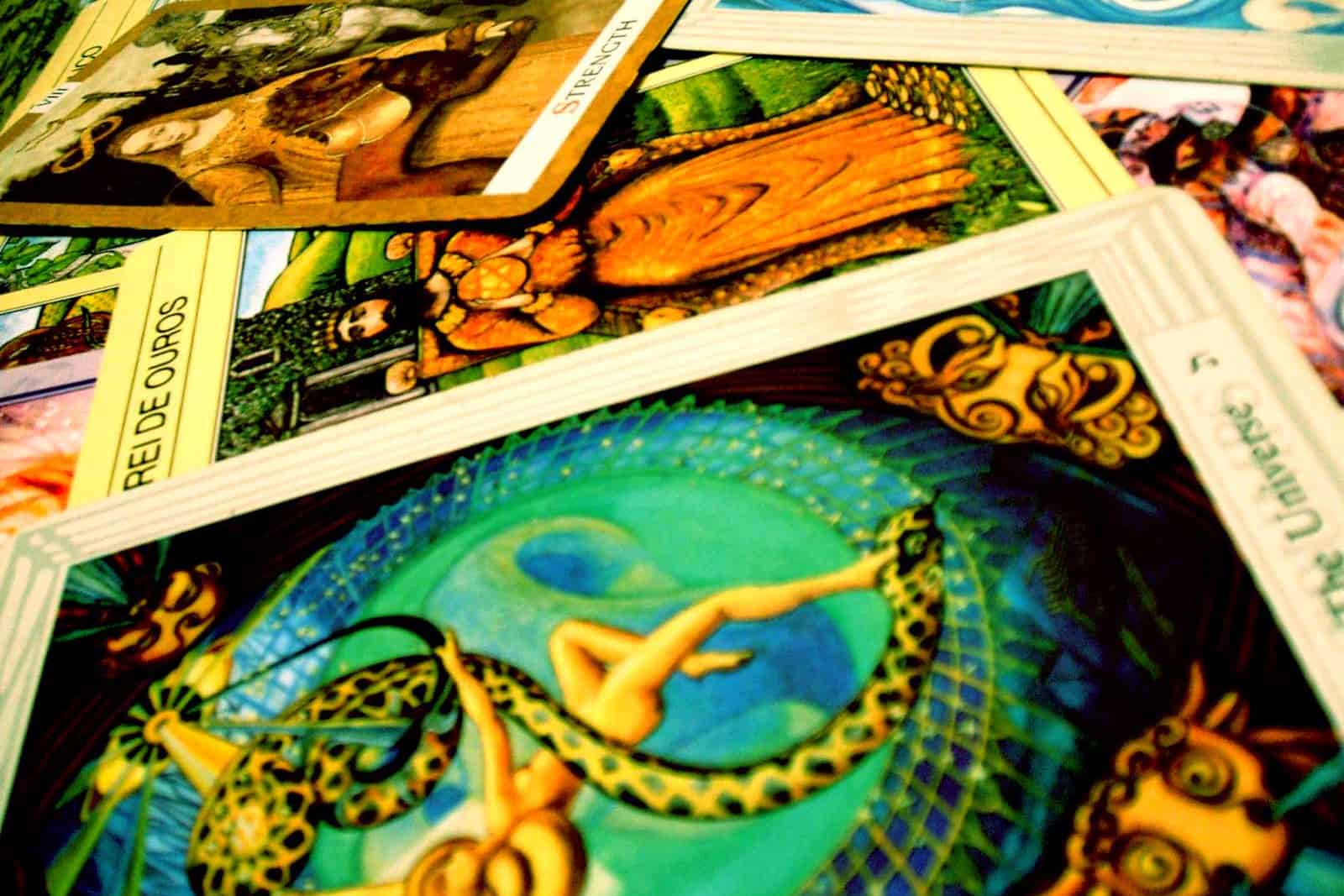I first got into tarot cards the year before I started my undergraduate at U of T. It started off as a joke with my parents — an absurd part of my Christmas wish list given that my family is not the kind to believe in occult practices.
The absurdity became a genuine interest, and when I didn’t stop asking, my parents gave in and got me a deck. Since then, I’ve acquired two more decks. The second I won in a contest and the third I got as another Christmas present.
In times of stress, I’ll do a small reading by flipping over a card to focus my day. Other times, they serve as something like a party trick. If there’s a lull in conversation, I’ll turn to my deck and ask if anyone wants a reading. Usually, the response is pretty enthusiastic.
Though I haven’t suddenly started believing that they can predict the future, I have grown interested in their use, history, and unique storytelling power. Something about them has always pulled people in, now and in the past.
Let’s get spiritual!
In a 2019 New Yorker article, Christine Smallwood suggested millennials fueling the resurgence of astrology weren’t necessarily looking for certainty, but rather a way to cope with uncertainty. The same could be said for tarot and other occult practices.
Alyssa Davies, a fifth-year student double majoring in equity and sexual diversity studies, said that while she tends to practice more with crystals than tarot cards, she’ll often listen to collective readings on YouTube.
“I don’t necessarily believe that someone could do tarot reading for you on YouTube… but it’s more for that little escape,” Davies said. “It also kind of helps me get a feel of the cards more too.”
Davies added that tarot cards connect her to people she would have never talked to otherwise. Sometimes, she advertises free tarot readings on her Instagram story, and she’ll get responses from people she’s only met in passing. “They’ll trust me to do a little reading for them.”
Roya Adel, a second-year student double majoring in archaeology and near and Middle Eastern civilizations, said that she was originally too scared to use her deck before finally trying it out in a social setting.
“The very first time I used it, I was like, ‘Okay, this has to be fucking real,’ ” Adel told me in an interview. “I got a reading that this girl would be dumped… and then the next day, she got dumped.”
When I asked why she believed in tarot, Adel’s answer was straightforward: “Why not?” Her family has always been interested in astrology, and the way she was raised, there was never any point in denying the mysteries of spirituality. It wasn’t hard for her to extend her belief to tarot.
Davies’ thinks about her belief in occult practices a little differently. “Me saying I believe is more about [there being] this one thing I practise that I think benefits my life.”
Divination and play
Tarot cards were first created in Italy early in the fifteenth century, and were modelled on the standard deck of playing cards adapted from Islamic Mamluk cards. However, there is debate surrounding their intended purpose. The deck was most likely made with gameplay in mind, but the cards were later adopted as tools for divination.
The history of tarot cards is complicated by their relationship to a variety of minoritized groups, most prominently the Roma people of Europe. Fortune-teller stereotypes originate in European employment discrimination that forced Romani women to earn money from practices such as palmistry and tarot reading.
However, it seems that many no longer associate tarot cards with Romani culture. When I mentioned the connection to Adel, she was surprised she hadn’t thought of it herself. “What’s so interesting is how much tarot has been watered down that [I] didn’t even remember that stereotype,” Adel commented.
Davies added that while she would like to believe that young people getting into occult practices are learning their backgrounds, she has her doubts. She emphasized the importance of ethically sourcing products like sage, which is burned as a part of many Indigenous ceremonies.
Today, many decks on the market also appropriate symbols from Jewish and Indigenous imagery. While tarot is not a closed practice, artists like Edgar Fabián Frías have said that the appropriation of Indigenous imagery in modern tarot decks bothers them.
They added that part of what makes tarot beautiful is its meaning to each individual, as card meanings can have connections to a person’s culture and personality. Frías expressed excitement at the thought of all the diverse tarot traditions that could evolve out of people creating and buying decks meaningful to them.


